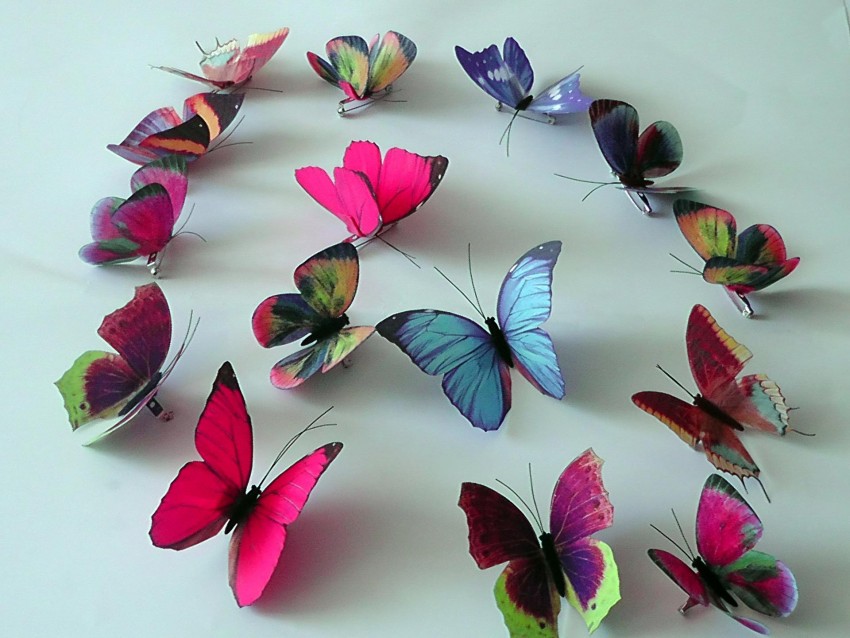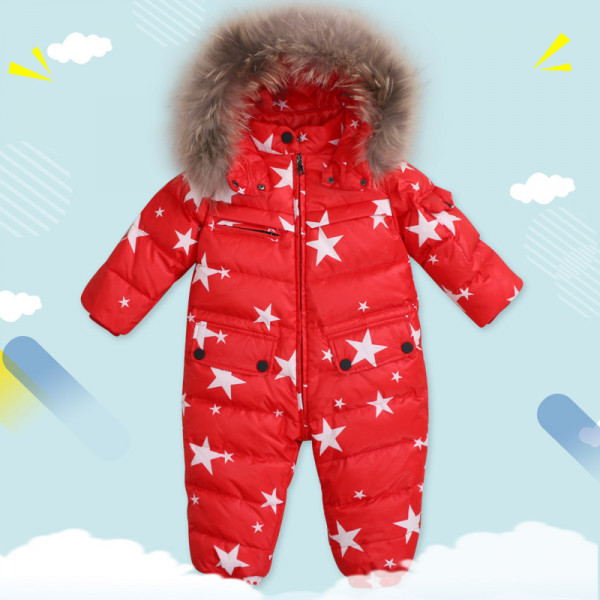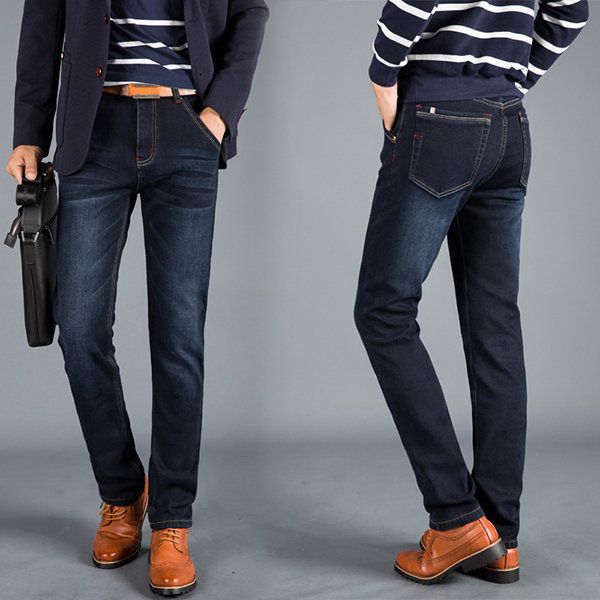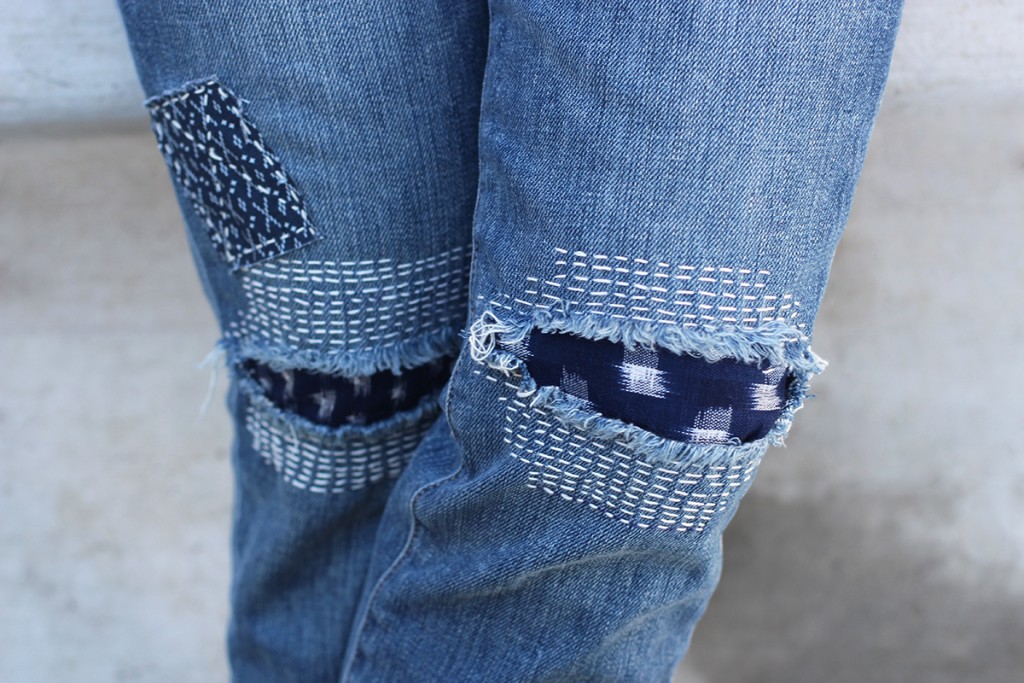Beading is a popular type of handicraft that allows you to create real masterpieces. A handmade beaded butterfly is perfect for decorating clothes, hats, hairpins and elastic bands. Before starting work, it is important to prepare the necessary tools and study the step-by-step algorithm of actions.
Materials and tools
Beads from different manufacturers differ in quality and price. Japanese ones are the best, but they are expensive, Chinese and Taiwanese ones are cheap, of low quality, and inconvenient to work with. For weaving a butterfly from beads, beginning craftswomen are advised to purchase goods of Czech manufacture. The price is reasonable, there is a large selection of shades and sizes.
The size of the beads is determined by numbers.
You won't be able to weave beautiful butterflies from beads without a special set of materials and tools. It is different for each product. You may need:
- thin fishing line or wire, its thickness should be such that it can be easily threaded through the hole of the bead 2-3 times;
- small, straight, sharp scissors;
- narrow tweezers - they are convenient for pulling the base through the holes of the beads;
- round nose pliers for bending and twisting wire;
- a notebook with a checkered pattern, pencils, felt-tip pens, a ruler – for creating patterns or for transferring selected designs onto paper.
Threads are rarely used to make butterflies.
Weaving techniques used
The appearance and texture of the future product depend on the method of bead weaving. There are techniques that vary in complexity. Even a beginner can handle some, while others need to be mastered after gaining some experience:
- Flat parallel weaving is done on one piece of wire. Beads are strung on the free ends from different sides. Then the wire of the first row is passed through the holes of the beads of the second and pulled together until it stops.
- Volumetric parallel weaving is similar to the previous one, but is done on two pieces of wire. Beads for three sides of the product are strung on one, and the weaving is done on the other in a mirror image to the middle part. The free ends of the second base are inserted into the beads of the side rows of the first and pulled together.
- French (arc) weaving has many varieties. The technique is often used in floristry, with its help you can make a curve of a butterfly's wing. Wire is taken as a basis, weaving is carried out along an arc or a ring around a central element or an imaginary axis.
- Mosaic technique or peyote is one of the main techniques in beadwork. It is used to create a canvas with staggered rows. Weaving is done on a single thread of an even number of beads, which are strung onto a base.
- The monastic technique is four beads woven together. The basic element of the pattern is a repeating cross. The weaving pattern is simple: string 4 beads on a wire, pass one end through the first 3 beads, forming a ring. It will be the beginning of the first cross. Next, insert the base into the fourth bead, forming the second cross. The wire must be brought out through the upper part of the formed ring. Then all actions are repeated until the required sizes and shapes are achieved. The width of the product depends on the number of links in one row. Weaving is simple and is done quite quickly.
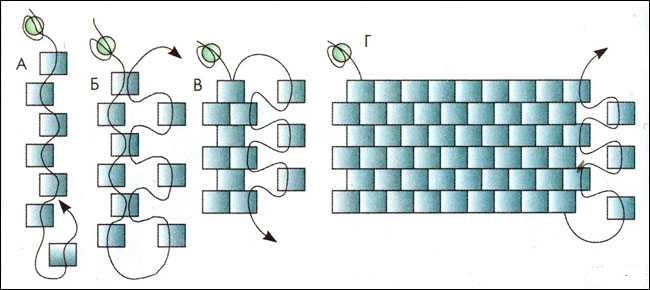
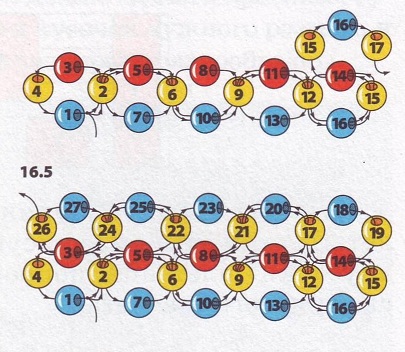
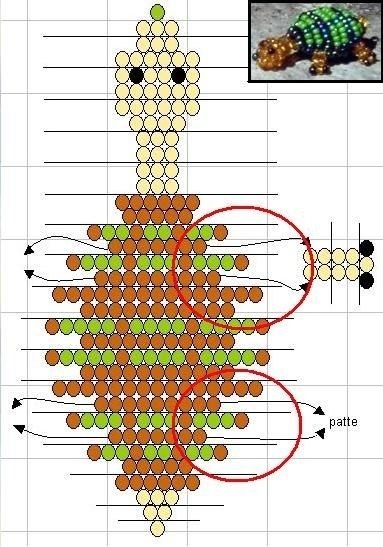
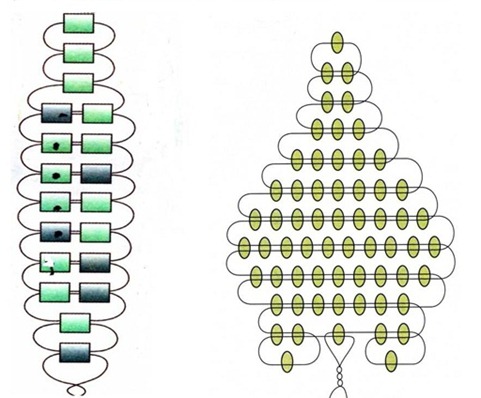

Step-by-step master class
Before making a butterfly from beads, it is worth choosing a suitable pattern. Beginners should start with simplified models. Beading is a painstaking work, it requires time, attention, perseverance.
Easy Butterfly for Beginners
This is the easiest master class. Recommended for needlewomen who have decided to do beadwork for the first time. The finished product can be used, for example, to decorate a hairpin, a lampshade for a table lamp or a curtain.
To work you will need:
- 35 cm wire;
- beads of any color;
- dark beads for butterfly eyes;
- scissors.
For the body and wings, you can use beads of different colors. Start working from the bottom. The beaded butterfly is made according to the following algorithm:
- To make a tail, string one bead on the wire and move it to the middle. Bend the ends of the base upwards and connect them. Put 3 beads on them at the same time and move them down.
- Lower wings. String 17 beads onto one of the free segments of wire, then thread the tip through the bead closest to the tail. Pull the wing tightly to the lower part of the butterfly's body. Bend the free end of the wire upwards. Make the second wing in the same way.
- Abdomen. The edges of the base are connected and secured with two beads.
- The upper wings are made in the same way as the lower ones, only from 23 beads.
- Head. The free ends of the wire are connected, and two beads are threaded at the same time. Then they are moved apart and decorated with dark beads for the eyes. The wire is moved again, and the last bead is put on.
Finally, cut off the excess wire, leaving a little for the butterfly's antennae. The free ends are spread apart and twisted in opposite directions.
Openwork
The first time, it is easier to weave an openwork butterfly using a ready-made pattern. Over time, you can make sketches yourself. It is impossible to do without patterns in beading at all - they make the work much easier, especially when making complex or voluminous items.
To create a butterfly you will need:
- beads of three colors for the wings;
- wire;
- large beads with large holes or beads for the body;
- scissors.
Step by step instructions:
- The butterfly is made starting with the wings. A bead is strung onto a long piece of wire and moved to the center.
- First, one end of the base is threaded through the holes of two beads, then the second, and tightened.
- The next row is made from four beads.
- The rest of the wings are made in the same way. They should be mirrored in pairs.
- Weave the butterfly's body. To do this, thread a piece of wire through a bead, string 2 more on each end, connect them together and fasten with a sixth bead. Repeat the fragment - this will be the tail and body of the butterfly. String a bead on each free end of the base, and another one on the brought together edges of the wire.
- For the antennae, take two identical pieces of the base, thread each into a bead, and move them toward the center.
- Bend the base so that the ball is on top.
- The wire is threaded through the first bead of the “head” and twisted into a bundle.
- The second tendril is attached in the same way.
- Assemble the finished product. First, attach the upper wings by pushing the free ends of the wire towards each other through the bead common to the head and body and the two beads underneath them.
- The lower wings are screwed on in the same way, only the wire is pulled through the bead common to the tail and body and the two located on top.
Bow tie
A more complex decoration is a bow tie. To weave using the openwork mesh technique, you need to prepare:
- plain beads;
- fishing line;
- scissors;
- a clasp to which the decoration will be attached.
A base made of threads and wire is not suitable for weaving a bow tie.
When making the accessory, a diamond mesh pattern with five beads is used. The width of the product will depend on their number. If you do not pay attention to the beads, the passage of the fishing line resembles the weaving of a chain-link mesh.
Standard pattern for 3.5 rhombuses (with corners):
- 24 beads are put on the fishing line;
- the free end is inserted into the 13th bead, 5 additional ones are added;
- the fishing line is threaded through the seventh bead, and 5 more are strung on;
- insert into the first bead, collect 8 pieces to complete the row and turn to the next one;
- thread the fishing line through the middle of the previous fragment of 5 beads.
Step-by-step instructions on how to weave a butterfly:
- String 84 beads onto the line and follow the pattern above. When you finish the third row, instead of stringing 8 beads, pull the base through the last 3 in the opposite direction. Then string 5 beads again and continue, forming a narrow strip with jagged edges and a corner with straight sides.
- When the last bead is strung, the line is secured and they return to the first row. The second triangle is woven in mirror image.
- The finished fragment will look like a rhombus with bifurcated obtuse angles. It is folded in half and stitched along the edge with fishing line.
- The second half of the bow tie is made in the same way.
- The pieces are fastened together in the middle, with the sharp corners of the diamond overlapping each other for strength.
- Using the openwork mesh technique, weave a rectangular jumper of the desired width. The length should be sufficient to encircle the center of the butterfly with a ring.
- When attaching the jumper, tighten it slightly so that a small fold forms on the side parts of the bow.
- A fastener is sewn on the inside.
If you want the tie to be stiff and hold its shape well, the outline is additionally stitched with fishing line.
Application area of decor
A beaded butterfly woven by a master turns into a fashionable accessory, an element of interior or clothing decor. The products of beginning needlewomen can decorate:
- curtain;
- fridge;
- mirror in the bathroom;
- table lamp shade;
- disguise a stain on the wall.
You can decorate your hair with small bright butterflies made of Czech beads. If you make a product from Japanese beads to match your elegant dress, you will get a fashionable, expensive-looking accessory. Large butterflies are great for brooches. Small ones are used to make necklaces, earrings, and rings.
Beaded butterflies can decorate bags, hats, shoes. Flat butterflies are used to create appliques on elegant dresses, shawls, and stoles. And also sewn to outerwear. A butterfly made of beads can also decorate a postcard, laptop monitor, box, chandelier. It can be used to decorate a gift.
Video

















